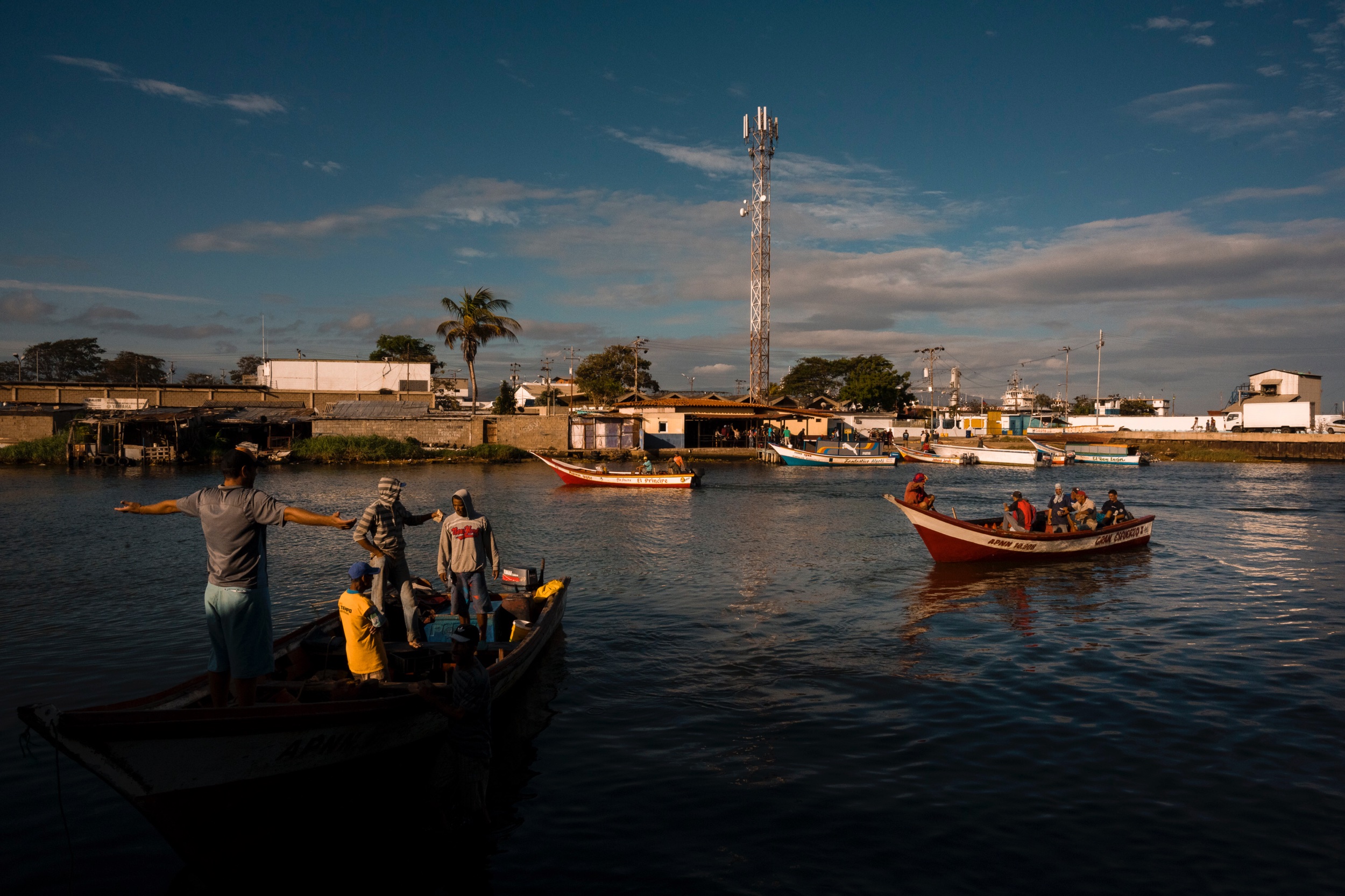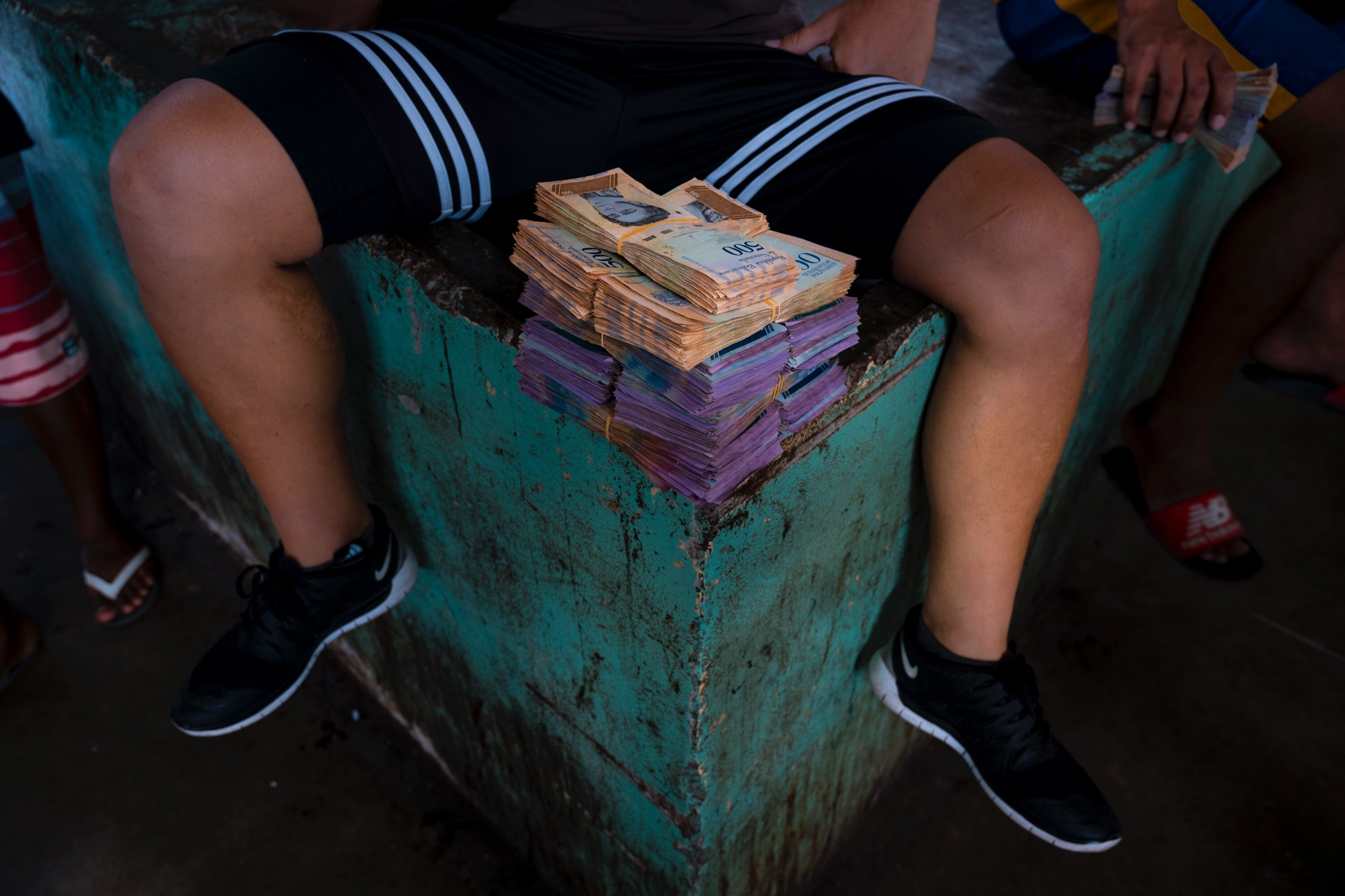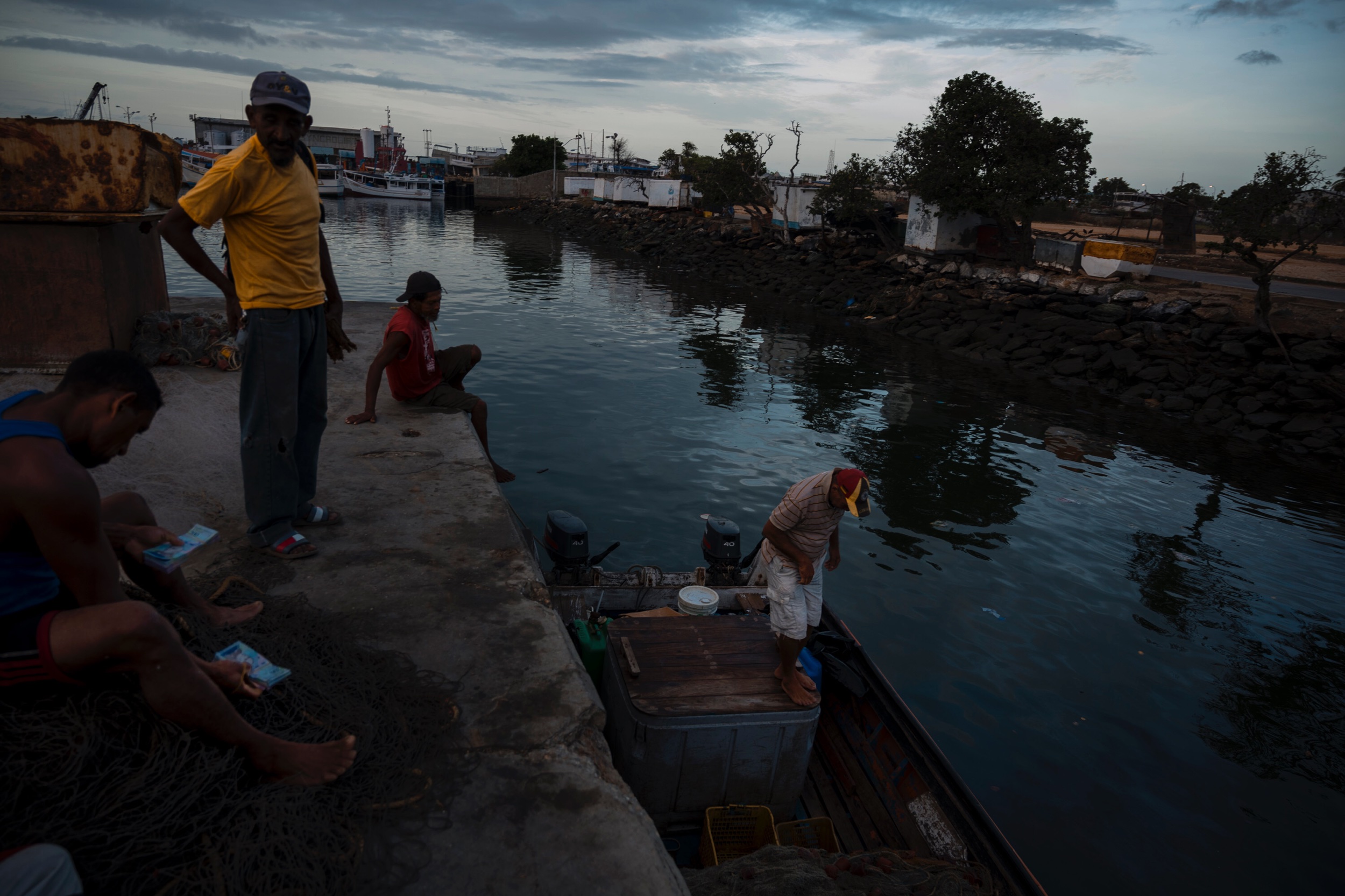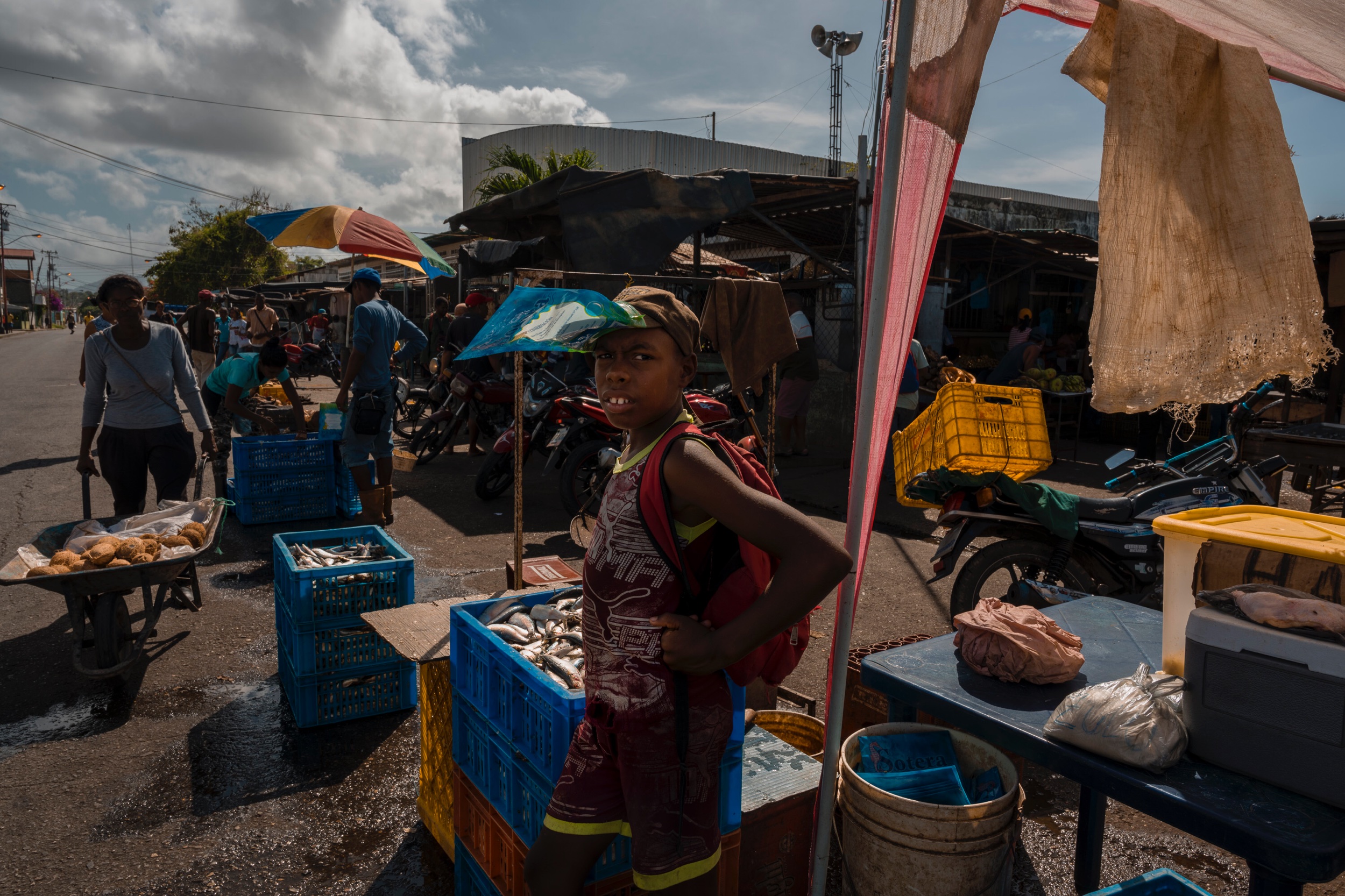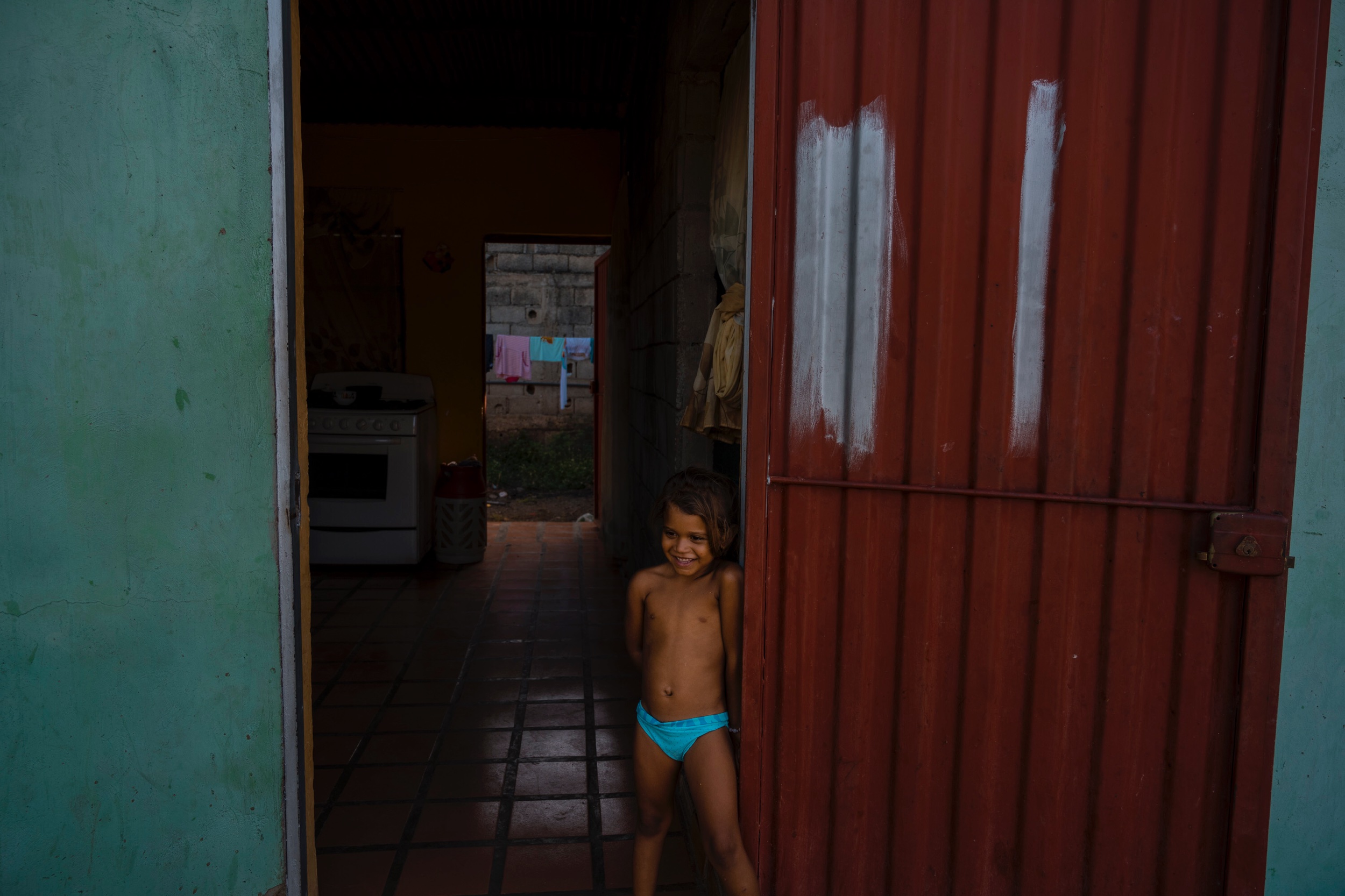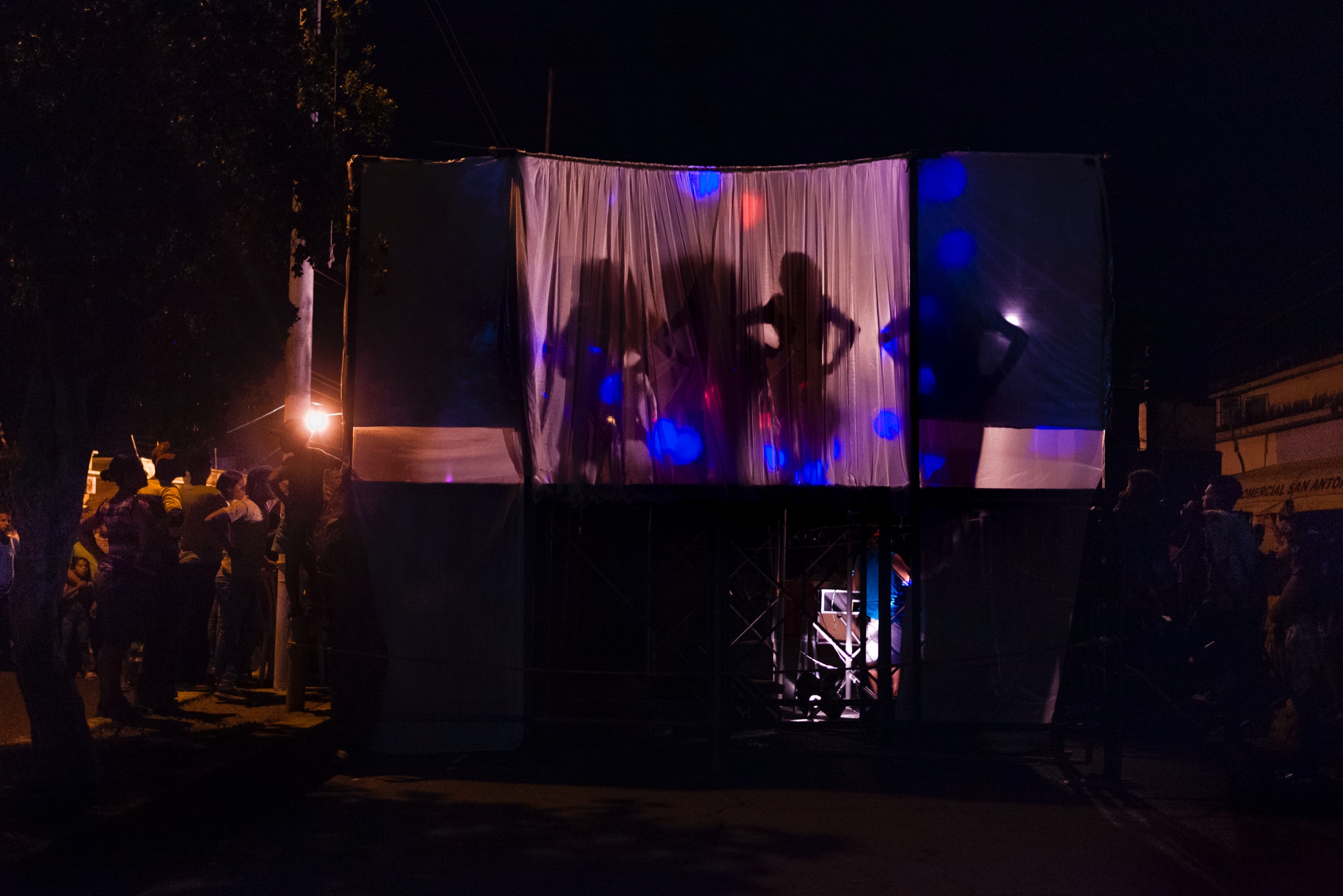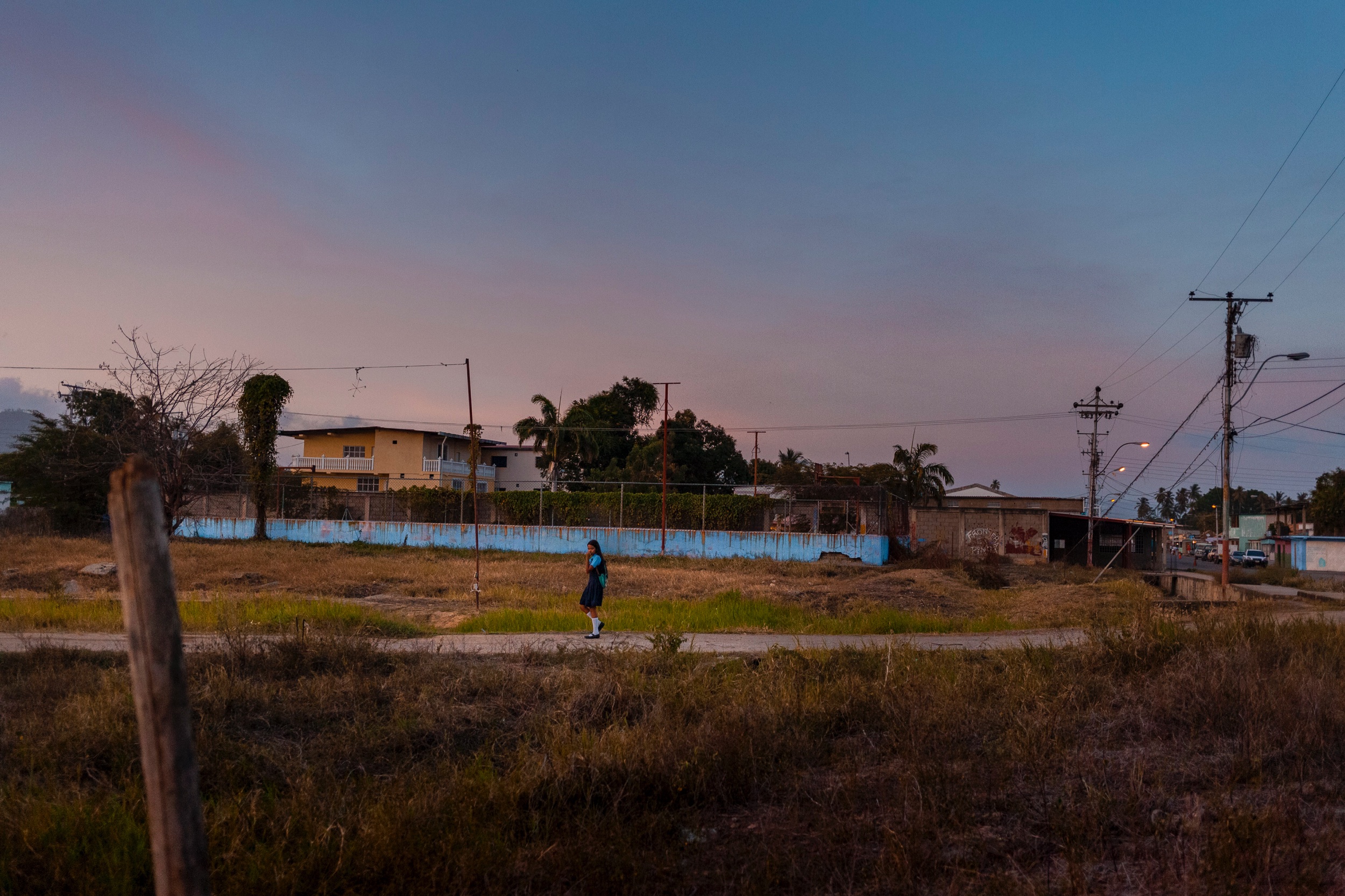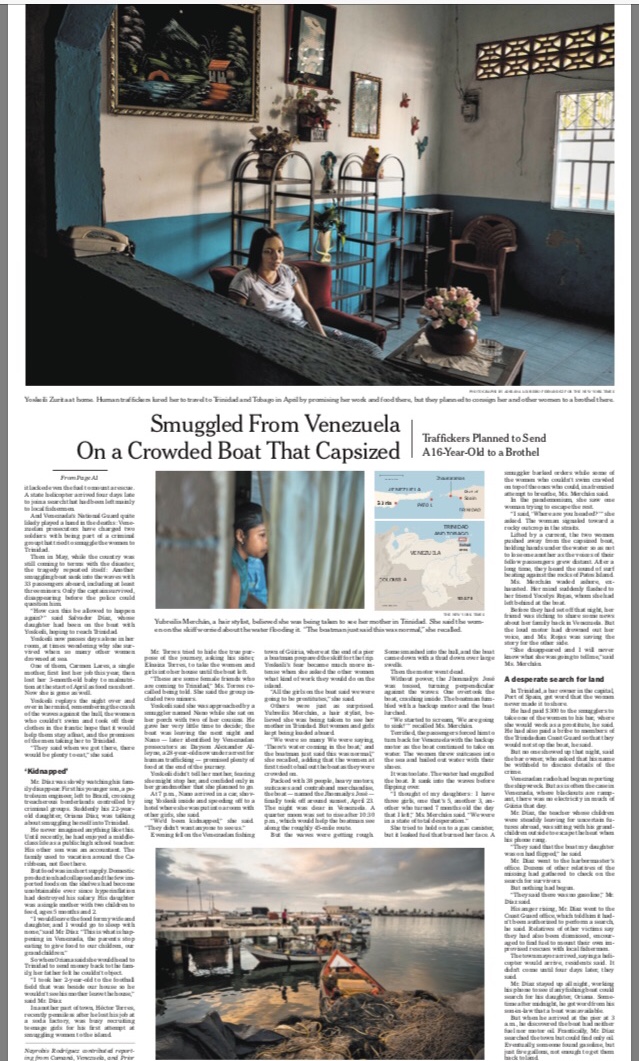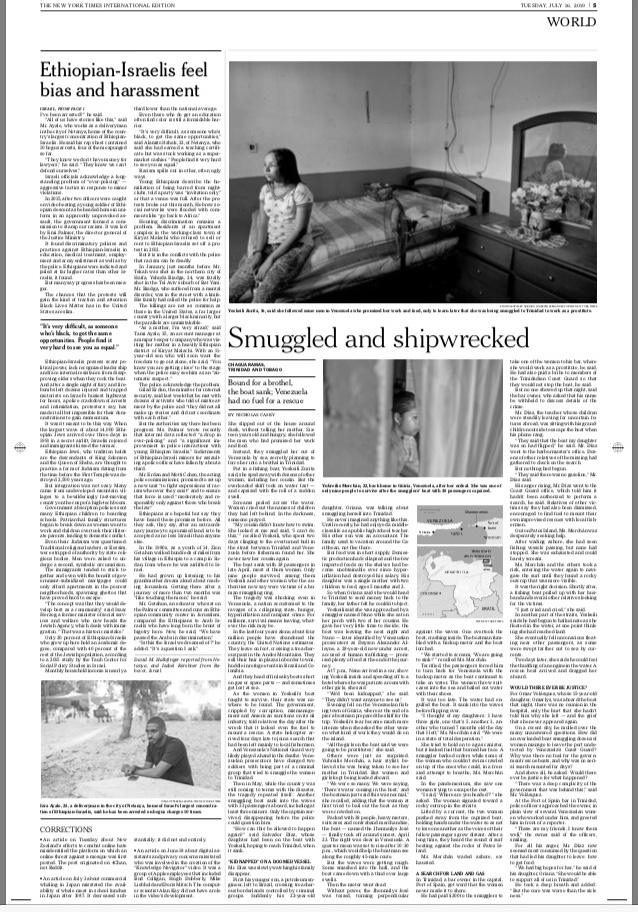At least 4 million Venezuelans have fled their country in recent years, forced out by hunger, hyperinflation and deadly political crackdowns. Thousands have fled by boat to the neighboring islands of Curaçao, Aruba and Trinidad and Tobago. Of the thousands, dozens have been trafficked as part of prostitution rings —a network that was unveiled after two boats capsized in the Caribbean Sea and its survivors unveiled the network.
In the words of Nicholas Casey,
“The boat sank with 38 passengers in late April, most of them women. Only nine people survived, among them Yoskeili and other women who the authorities now say were victims of a human smuggling ring. The tragedy was shocking even in Venezuela, a nation accustomed to the ravages of a collapsing state, hunger, hyperinflation and rampant crime. For millions, survival means leaving, whatever the risk may be.
In the last four years alone, about four million people have abandoned the country, the United Nations estimates. They leave on foot, crossing a treacherous pass in the Andes Mountains. They sell their hair in plazas in border towns, huddle in refugee tents in Brazil and Colombia.
And they head off in leaky boats short on gas or spare parts — and sometimes get lost at sea.



